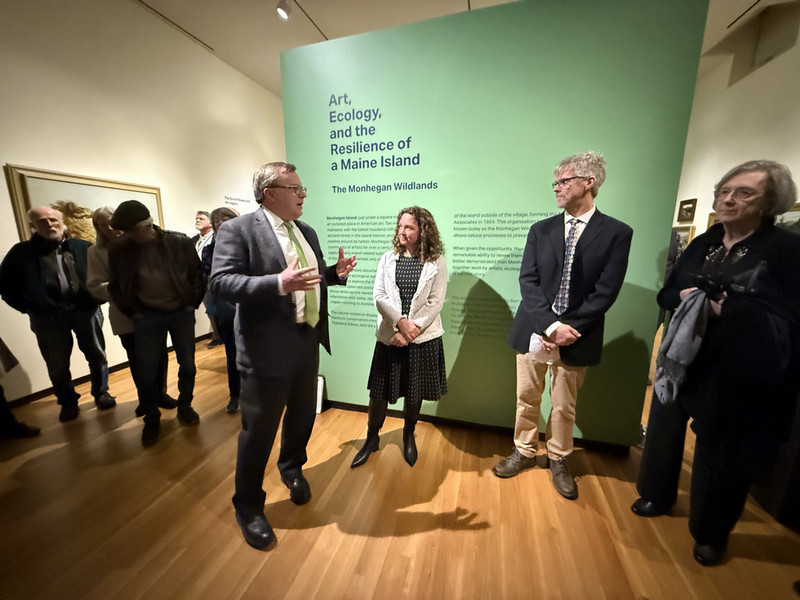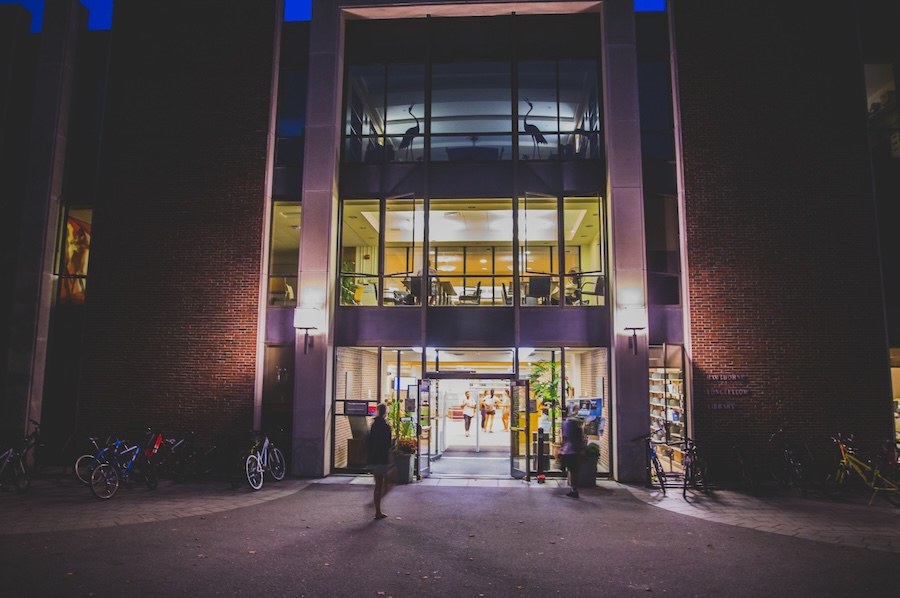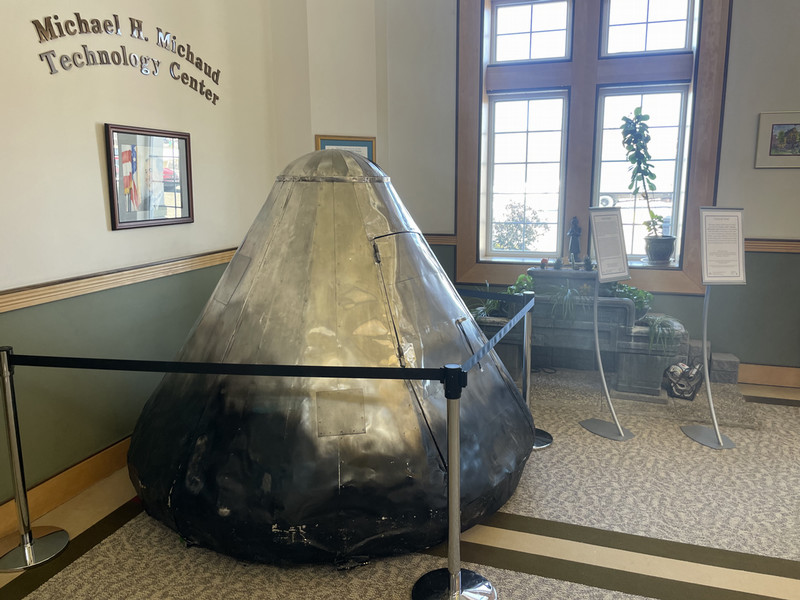Finding Discomfort in the Art Museum
By Bowdoin College Museum of Art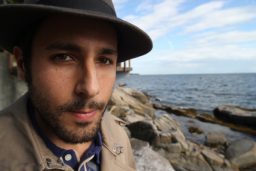
Vancouver-based social practice artist Carmen Papalia, who is blind, contributed an installation for the exhibition Second Sight: The Paradox of Vision in Contemporary Art in collaboration with two of his former students and Ellen Tani, the exhibition’s curator. When We Make Things Openly Accessible We Create a Force Field (2018) consists of an overstuffed sofa, shag carpet, and chairs. It also includes a wall of pillows, takeaway posters, and cloth banners all printed with the animating slogans of Open Access, a conceptual work and new paradigm for accessibility. In “An Accessibility Manifesto for the Arts,” Papalia defines Open Access as “not a checklist that can be swiftly ticked off, or a set of demands that can be enforced from the top down. Instead, Open Access needs to be embodied, integrated at all institutional levels and constantly negotiated.” As both a place of comfort and conversation, the installation is intended to facilitate the principle of “holding space”: the state of offering unconditional support to another while remaining present in one’s own emotions, and also a state of mutual support and exchange. Animated by the artist’s wish to create a space of physical and social comfort in the museum, but also a space of provocation, the installation elicits a range of experiences and responses.
Ben Wu, class of 2020, provides a reflection about the work.
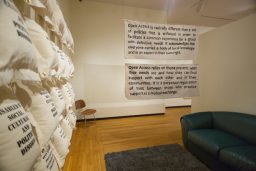
“My time in Carmen Papalia’s installation allowed me to reflect on the relationship between disability and society. The experience of entering the installation, which is physically concealed by a large white wall, felt like stepping out of the museum into a different space, with an inviting couch in the middle. However, once I situated myself on the couch, the effect of the imposing hanging texts on all three sides evoked a discomforting sense of Orwellian claustrophobia, and I found myself feeling as if the whole world was watching me. Was Carmen attempting to express the heightened attention experienced when someone with a disability enters a room full of onlookers? I felt this way as a young person with a cane entering a packed subway car: all I noticed was the intimidating mix of confused and pitiful faces looking at me as I ambled over to sit down. Leaving the enclosure gave me a sense of relief, and I thought much about how in society, people with disabilities often feel alienated.
While I found the physical experience of the installation to be overwhelming and uncomfortable, Papalia’s message of open access as a solution to bringing down these social barriers resonates with me as a student with academic accommodations. I think Open Access, with its emphasis on communication, mutual respect, and working together, is a model that Bowdoin, and society at large, should adopt to make the world a more accessible place.”
Carmen Papalia will be on campus Friday, May 4, to lead a non-visual learning experience at 1:00 p.m., followed by an Open Access workshop from 2:00 p.m. to 4:00 p.m. at the Museum of Art.

